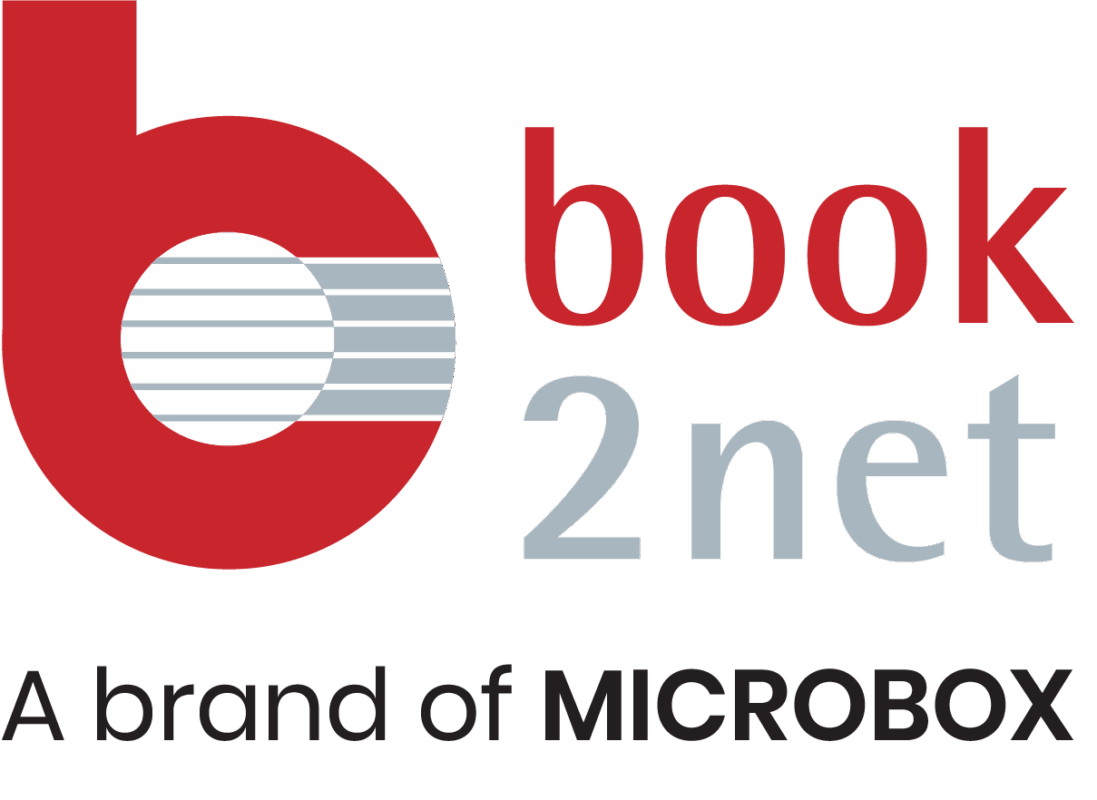When digitizing, one speaks of distortion whenever the geometry of the original is not reproduced true to the original. The most common templates for scanning are documents, books, files or single pages. These usually consist of right-angled pages, the exactness of which should of course be maintained during the digitization process. However, depending on the optics used, it can happen that an actually rectangular A4 page looks, for example, “bulbous” or “pillow-shaped” in the scan. The edges and angles are then no longer straight and right-angled, but rather curved, too pointed or too blunt.
For this reason, it is imperative to use high-quality lenses for digitization that counteract this effect. In our scanning systems, the lens and sensor are matched to one another in such a way that a distortion-free capturing is guaranteed and no subsequent image processing or correction calculations are carried out using software.
